Is your cat shedding a lot? Don’t worry, you’re not alone! Many cat owners face the same struggle when their cat is shedding excessively. Fear not, because we’re here to help you manage this furry situation and keep your kitty’s coat healthy and beautiful. In this article, we’ll explain why cats shed, and share 7 easy tips to manage this hair-pocalypse!
Why Is My Cat Shedding? Should I Be Concerned?
Normal Part of Life Cycle
There is nothing to be concerned about! All cats shed, but some breeds shed more than others. Cats naturally shed their hair, nails, and even shed clumps of fur as part of their regular growth and grooming process. Just like how humans lose hair and skin cells, shedding is a normal part of a cat’s life cycle.
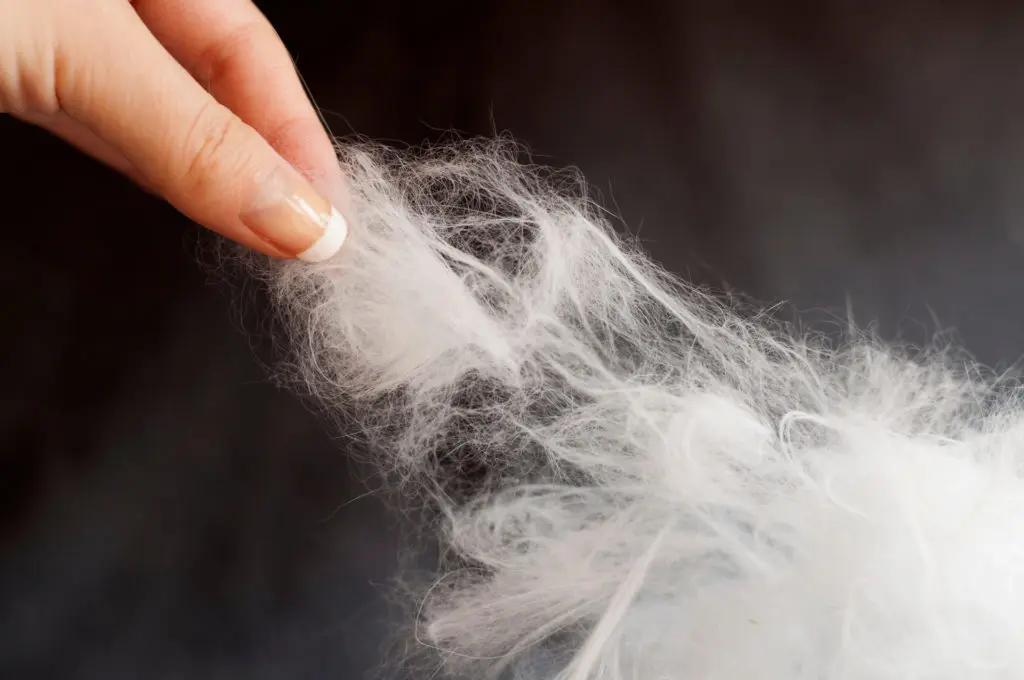
Seasonality
Cats tend to shed more during certain seasons, especially in the spring and fall. As they prepare for the warmer months, cats shed their thicker winter coats during spring. Similarly, in fall, they shed their lighter summer coats to make way for a denser, warmer coat for the colder months.
Climate & Temperature
Indoor cats living in climate-controlled environments may also shed year-round, though less dramatically than outdoor cats who experience more significant seasonal temperature changes. Regardless of whether a cat is indoors or outdoors, exposure to warmer temperatures or fluctuations in humidity can lead to increased shedding as they try to maintain a comfortable body temperature.
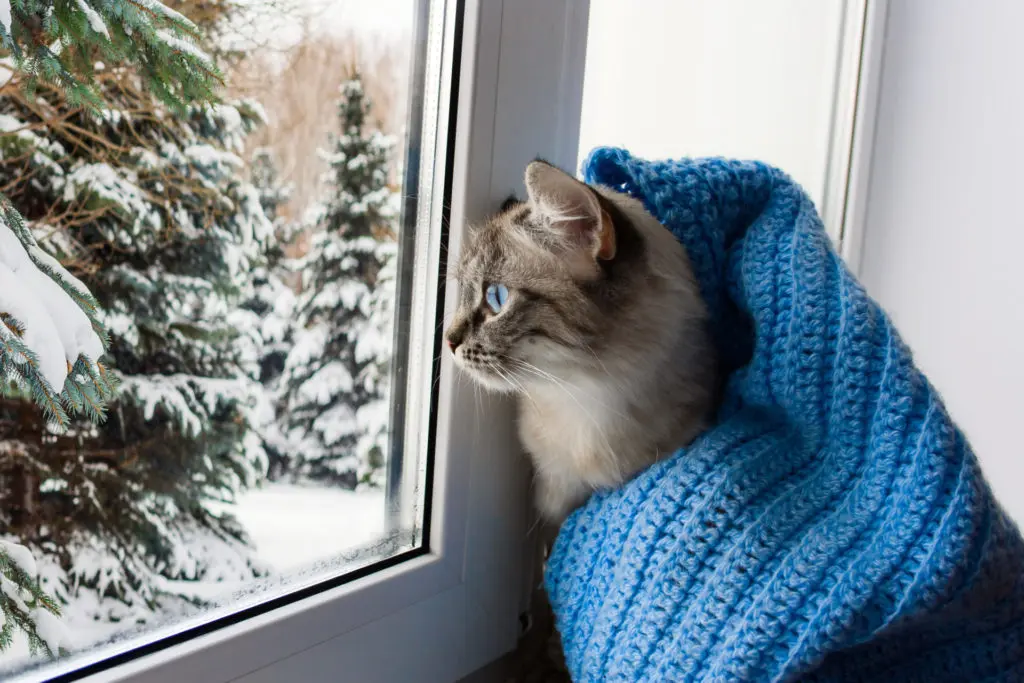
There are several reasons why your cat may be shedding a lot, such as changes in their environment, health issues, or even just genetics. It’s essential to understand why your cat is shedding a lot before you can address the issue effectively.
Our Top 7 Tips To Manage Shedding
#1. Groom Your Cat Often
Grooming is crucial for keeping your cat’s fur in top shape. Regular brushing helps remove loose hair, preventing hairballs and reducing the amount of shedding. Try using a grooming tool specifically designed for cats, like a slicker brush or a deshedding tool, to make the process easier and more effective. Be extra gentle when grooming your cat, to avoid pulling out excessive fur or causing discomfort!
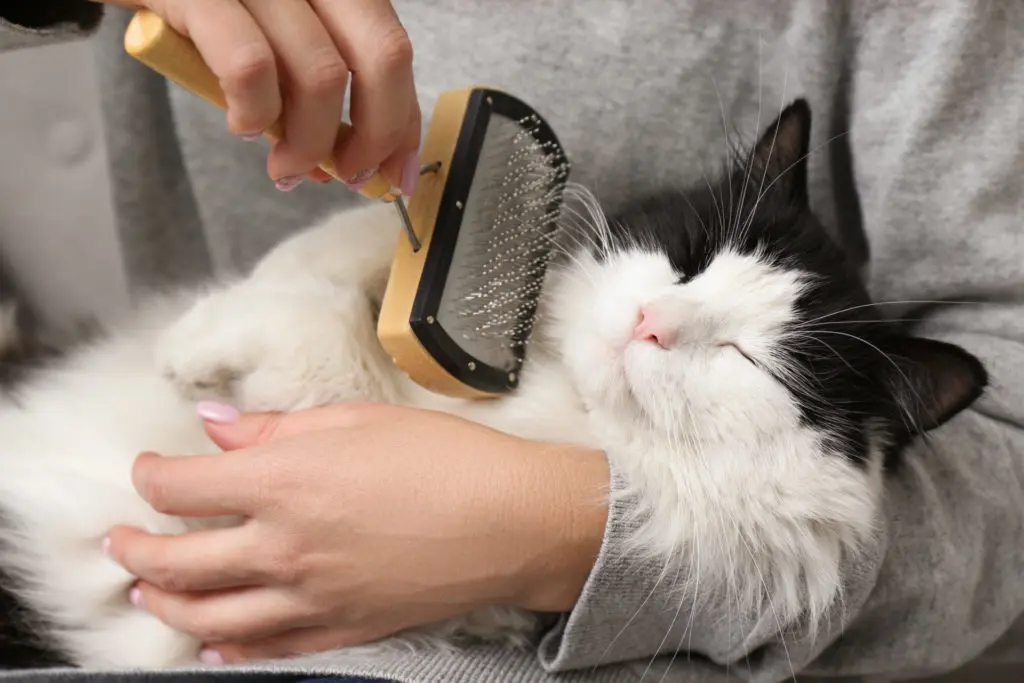
#2. Maintain A Balanced Diet
Cats are obligate carnivores, meaning they require specific nutrients that can only be obtained from animal sources. A healthy balanced diet, comprising of protein, fats, vitamins, minerals and taurine, play a significant role in your cat’s coat health. Feeding your feline friend high-quality, well-balanced food rich in essential fatty acids can help improve their skin and coat condition, reducing excessive shedding. Consult your vet for the best dietary recommendations for your specific cat.
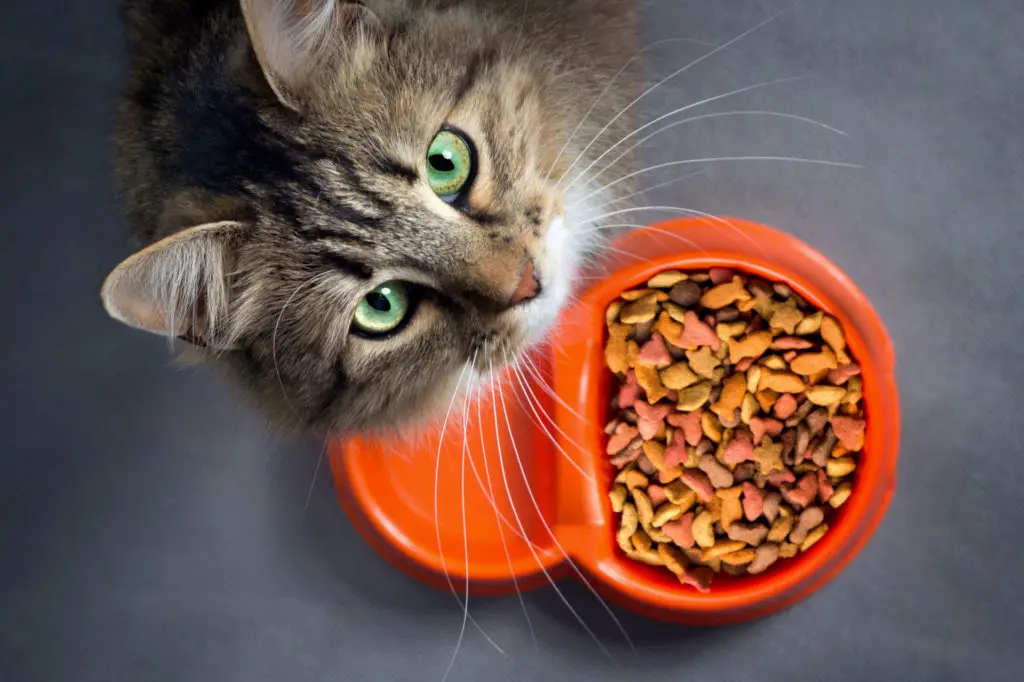
#3. Manage Their Stress Levels
As cats are sensitive creatures, changes in their environment or routine, such as moving to a new home, the introduction of a new pet or family member, and even loud noises, might cause them to feel anxious or stressed. Keeping your cats calm, making them feel safe, and identifying and addressing the cause of stress, can help reduce shedding. Additionally, maintaining a consistent routine and spending quality time bonding with your cat can help them feel more relaxed.
Be sure to give your cat a safe and comfortable space, and make sure they have access to their favorite hiding spots, toys, and scratching posts. Introducing calming aids, such as a calming spray or catnip, can also help alleviate anxiety. Calming sprays often contain pheromones that mimic a cat’s natural facial pheromones, providing a sense of familiarity and safety. Catnip, on the other hand, is a natural herb that can have a relaxing effect on some cats, helping them feel more at ease.
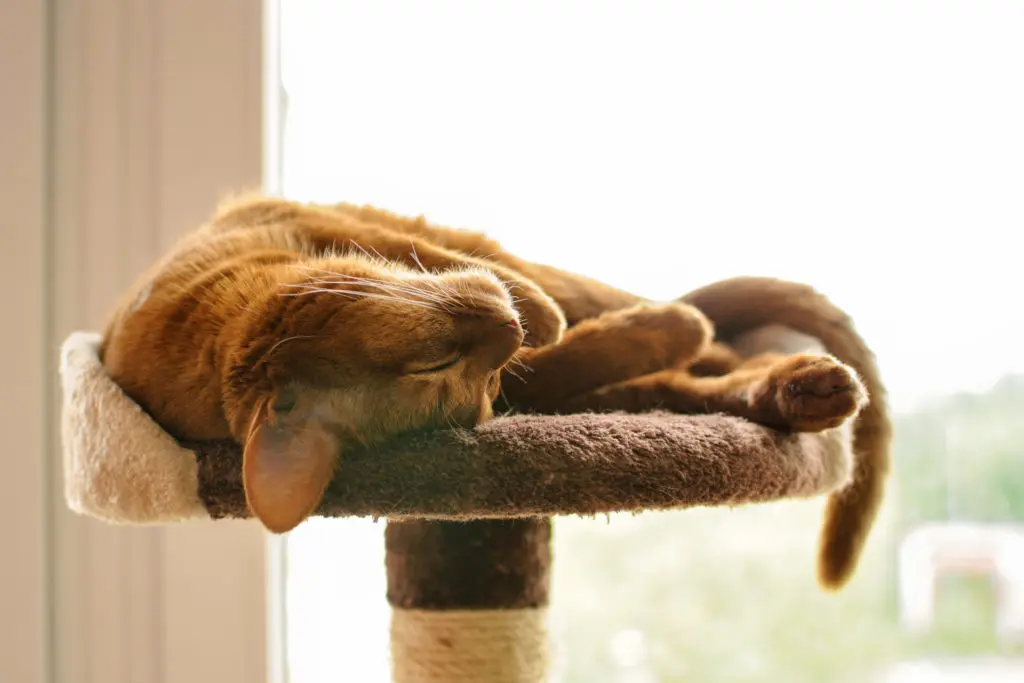
#4. Schedule Regular Vet Visits
Excessive shedding in clumps can sometimes indicate an underlying health issue, such as allergies, parasites, skin infections, and in worst cases, liver/kidney disease or cancer. Regular vet check-ups can help you identify, address, and rule-out any health problems that might be causing your cat’s shedding.
Typically, cats should have a check-up at least once a year, but senior cats or those with known health issues may require more frequent visits. Regular check-ups allow your vet to diagnose any underlying health problems that may have caused excessive shedding. They can also recommend specific treatments or dietary changes to address any concerns.
By keeping up with these routine appointments, you’re doing your part in ensuring that your cat remains in tip-top shape and enjoys a long, healthy life. Remember, prevention is always better than cure!
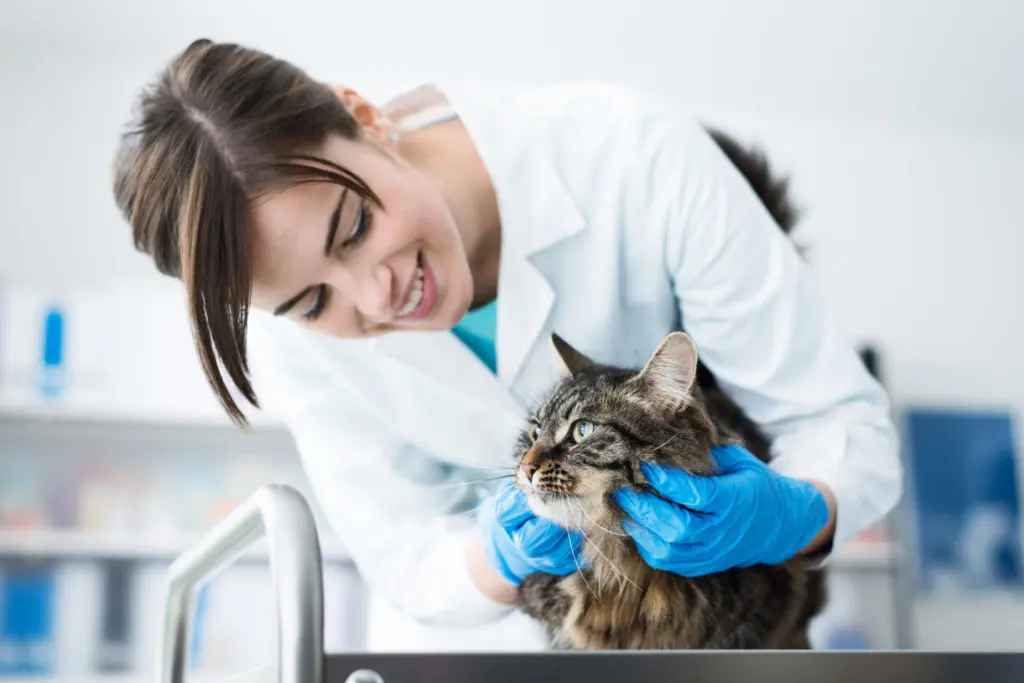
#5. Keep Your Home Clean
Keeping your home clean can be extremely helpful in controlling allergens and reducing the amount of shed fur around the house. Consider using an air purifier, which can be a beneficial addition to your home, as it helps remove airborne allergens, such as pet dander, dust, and pollen, leading to a cleaner environment for both you and your cat. A lint roller is a must-have for cat owners to remove loose hairs from surfaces!
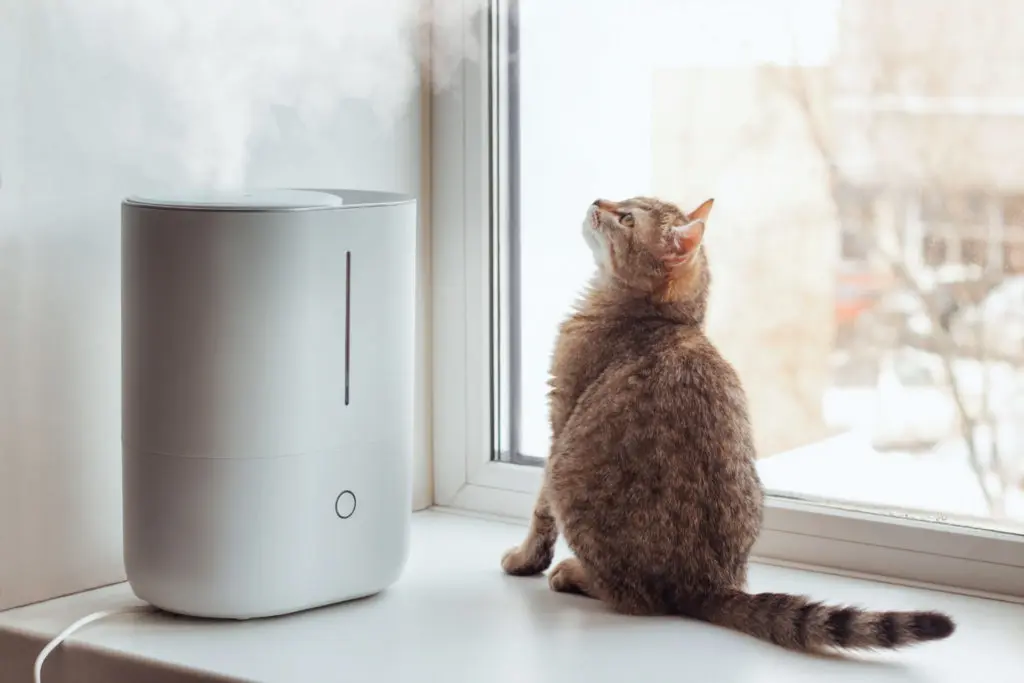
To maintain cleanliness in the rooms where your cat spends most of their time, it’s recommended to vacuum and clean at least twice a week. This frequency can be adjusted depending on the number of pets you have or the amount of shedding your cat experiences. Be sure to focus on areas like carpets, rugs, and upholstery, where fur can accumulate. Regularly washing your cat’s bedding and toys can also help minimize allergens and fur buildup.
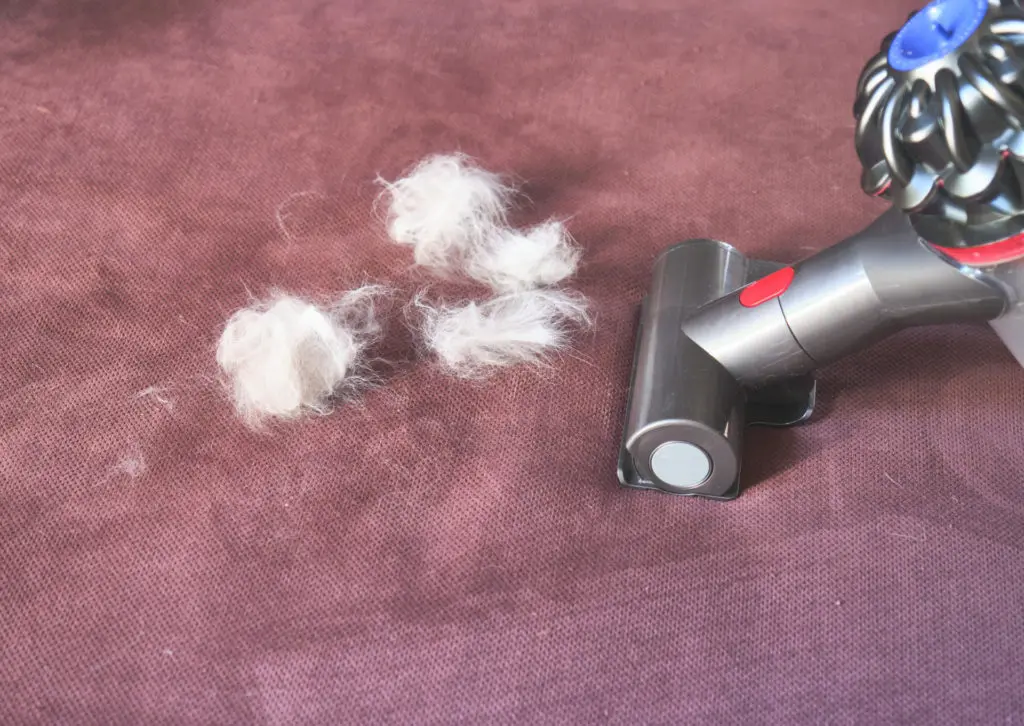
#6. Provide Proper Hydration
Hydration is essential for your cat’s overall health, including their skin and coat. Ensure your cat always has access to fresh water to keep their skin well-hydrated and minimize shedding. You can also consider investing in a cat water fountain, as some cats prefer running water, which encourages them to drink more. Remember to change your cat’s water at least once daily, and regularly clean their water bowl or fountain.
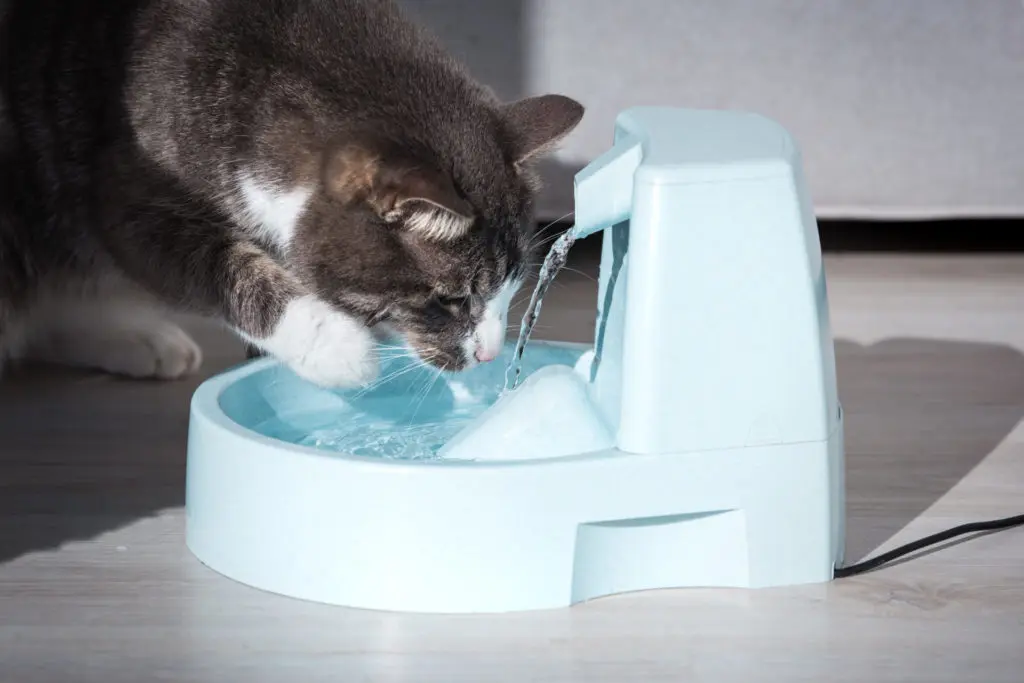
#7. Add Supplements to Their Diet
Imbalances in your cat’s diet may lead to a lack of essential vitamins and minerals, affecting their overall health, including their skin and coat. Adding supplements to your cat’s diet can help improve their coat health and reduce shedding. Omega-3 fatty acids, for example, can help nourish your cat’s skin and fur, reducing hair loss. Other supplements like biotin, zinc, and vitamin E can also support healthy skin and coat for your cat. Always consult your vet before introducing any supplements to your cat’s diet to ensure they’re safe and beneficial for your furry friend!
Conclusion
Dealing with a cat that sheds a lot can be challenging, but by following these 7 tips, you can help prevent excessive shedding and maintain a healthy, happy kitty. Regular grooming, a balanced diet, and proper hydration are essential, along with addressing any underlying health and environmental issues. By being proactive and implementing these strategies with dedication and care, you can enjoy a fur-free home and a well-groomed, content cat! So, embrace your cat’s natural shedding process and enjoy a happier, healthier bond with your feline companion.

